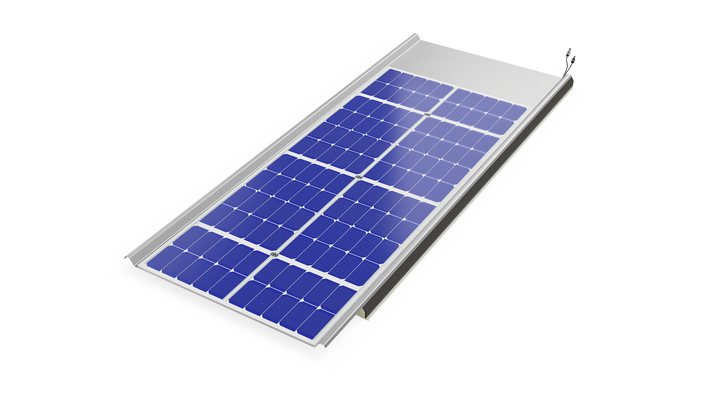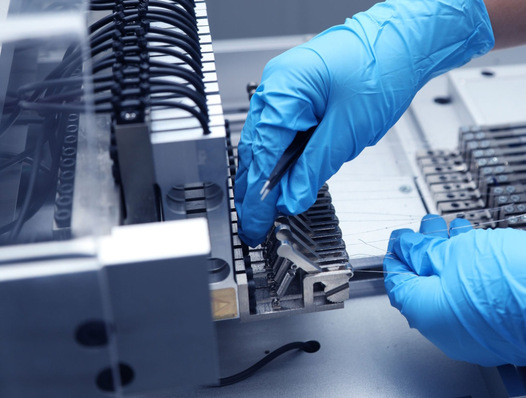A recent development has been bifacial panels where the crystalline cells can make use of the light on both sides. The cells use the reflected light from the underground – may be the roof, may be the soil – to increase the yield.
Up to 375 watts out of 60 cells
A transparent plastic sheet or a pane of glass on the back of the panel allow indirectly capturing reflected sunlight. With a bright background or appropriate mounting, it is possible to achieve additional yields of up to 25 percent. The DC connection box is hidden in the frame of the module.
Such panels produce up to 375 watts from 60 cells, albeit at a higher cost compared to conventional products. Some suppliers offer cells without busbars on the front. They bare a pattern of slight metallic strips almost invisible with your eyes – like a pinstripe suit.
Ventilation is important
However, ventilation is important to avoid great losses in output due to overheating from too much sunlight. At the moment polycrystalline panels for rooftop installations produce up to 285 watts, decent monocrystalline panels over 300 watts. (HCN/HS)
Look at this:
Solar advice: Mono crystalline panels are the work horses
Stay informed, get our newsletter twice a week: Register here.
Solar modules: keep up with the latest product news!
Find useful products for solar energy storage here.
Find useful products for e-mobility here.







